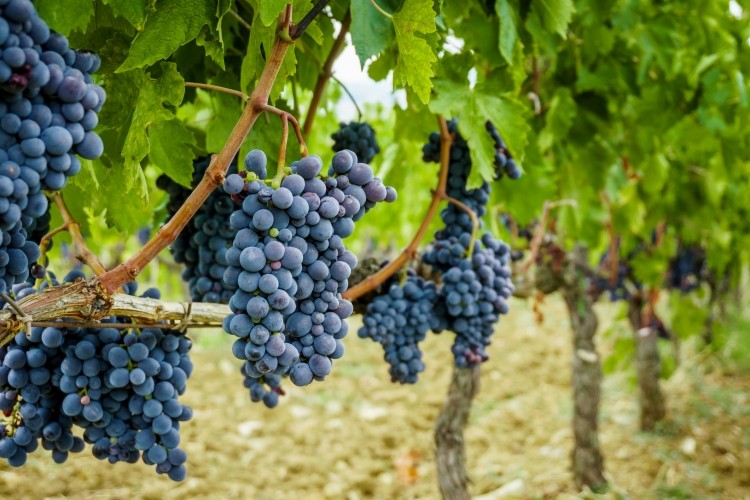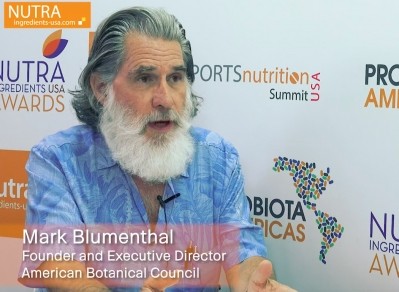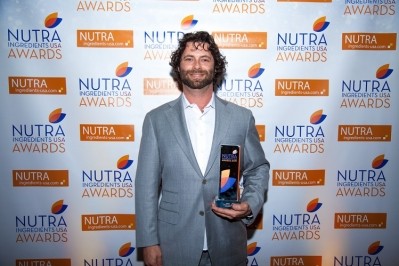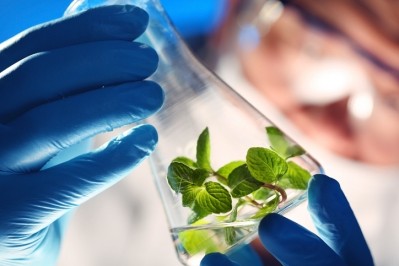BAPP grape seed lab document builds case for branded ingredients, supplier says

The Botanical Adulterants Prevention Program recently published a lab guidance on grape seed extract. The guidance, which is the 50th publication of the program, details the various methods that can be used to detect the common adulterants of these extracts. BAPP is a joint effort of the American Botanical Council, the American Herbal Pharmacopoeia and the National Center for Natural Products Research at the University of Mississippi.
The new guidance document was written by Steve A. Kupina and Mark A. Kelm, PhD, directors of quality and technology and research and development, respectively, at botanical ingredient manufacturer Polyphenolics; Maria J. Monagas, PhD, scientific liaison for dietary supplements and herbal medicines at the United States Pharmacopeial (USP) Convention; and Stefan Gafner, PhD, chief science officer of the American Botanical Council (ABC), and the technical director of BAPP.
Benefits of vertical integration
Kupina, who is Polyphenolics’ director of quality and technology, said the guidance document will help to further publicize the issue with grape seed extract adulteration and so will highlight the security of supply offered by branded ingredient suppliers such as his company.
“You have to be able to trust your supplier. You should have grape seed extract that is authenticated in some way,” Kupina told NutraIngredients-USA.
“Here at Polyphenolics we have the equipment to be able to evaluate grape seed extract and make sure it is not adulterated. We are vertically integrated and have traceability that goes straight to the source,” he said.
Polyphenolics is part of wine giant Constellation Brands, which is one of the world’s largest wine, beer and spirits producers. The company, which is based in Madera, CA, has access to the leftover mast from wine production, which at least at the moment is more than enough to supply the demand for its branded extracts. Those include MegaNatural BP, which has been researched for blood pressure management benefits, and MegaNatural Gold which has data backing its cholesterol management effects.
Adulteration found to be fairly prevalent
The popularity of grape seed extract is backed by the research that Polyphenolics has done on its extracts, according James Kennedy, PhD, president of Polyphenolics. Unfortunately, as with so many other botanical ingredients that gain popularity, the adulterators have found ways to cut corners to offer a lower quality ingredient that can fool some less sophisticated tests, such as those that measure color intensity.
Grape seeds are a rich source of proanthocyanidins (PACs), to which many of the commercially available bulk ingredients are standardized. Despite the relative low cost of grape seeds as a byproduct of the juice and wine industries, PACs from other plant species are available as economic adulterants. These include, for example, PACs derived from peanut (Arachis hypogaea) skin, or from Masson pine (Pinus massoniana) bark.
Kupina said the problem is becoming increasingly prevalent. Manufacturers who are buying strictly on price stand a good chance of getting an adulterated products.
“If you look at a 2016 BAPP publication (of which Kupina was also a coauthor), in there we talked about the frequency of occurrence. We found that of 21 commercial grape seed extracts, nine of them contained peanut skin. Another test done by Alkemist Labs found that 66 out of 254 commercial samples were adulterated,” he said.
“I would say based on that it’s quite prevalent. And peanut skin is abundant; in the US alone we produce about 17 tons of peanut skins (as a leftover from commercial nut manufacture) a week,” Kupina added.
Proanthocyanidins are hard to identify
The correct identification of PACs provides a number of intricate chemical challenges. Routine analytical methods using chromatography (e.g., high-performance liquid chromatography, HPLC) are generally not suitable to separate the larger PAC molecules. High-resolution mass spectrometry (MS) is useful to determine the molecular weight distribution of PACs, but such instrumentation is not available in many industry quality control laboratories. Further, genetic methods (DNA testing) may not be successful because of the extensive processing leading to DNA fragmentation, and the interference of PAC-rich extracts with enzymatic processes such as the polymerase chain reaction.
The new guidance document provides an evaluation of the usefulness of published analytical methods to detect GSE adulteration, and summarizes the main advantages and disadvantages of each method regarding its suitability for use in a quality control laboratory. In addition to the assessment of the analytical methods, the document details the chemical composition of grape seed, potential confounding species, and known adulterants. According to a BAPP press release, the guidance document has been peer-reviewed by 25 international experts from third-party contract analytical laboratories and the herbal industry.
Better ID means better research
Kennedy said that the document could herald a new era in the research on the ingredient. Polyphenolics has years of its own research on its ingredients to support their benefits, but mainstream health authorities often look to research done by third parties to confirm the effects of botanical ingredients. The question then becomes, would those researchers know enough about the industry to be able to avoid adulterated extracts when choosing their test materials?
“It’s a complicated question. One reason that comes up why some of these studies might not work is that the researchers are working with poorly characterized and identified materials that do not contain the right amount of bioactives,” he said.
“Grape seed extracts are not of consistent composition, so not all grape seed extracts will have consistent biological activity. We try to focus on the chemistry of our own extracts. In MegaNatural BP, for example, we know the activity is related to the smallest component of the extract,” Kennedy added.
Lessons are broadly applicable
Another of the guidance document’s coauthors, Stefan Gafner, PhD, said the lessons given in this most recent paper could be of use beyond GSE, such as in teh authentication of pine bark or cinnamon bark extracts.
“There is a reason why BAPP’s most recent laboratory guidance documents on cranberry and grape seed extracts have dealt with PAC-rich ingredients. PAC-derived materials are most often difficult to authenticate, and many suppliers have been using inappropriate tests based on spectrophotometric methods as a means to document the authenticity. Many of the lessons learned from GSE adulteration may be applied to the verification of the identity of other ingredients that contain condensed tannins,” Gafner said.
















